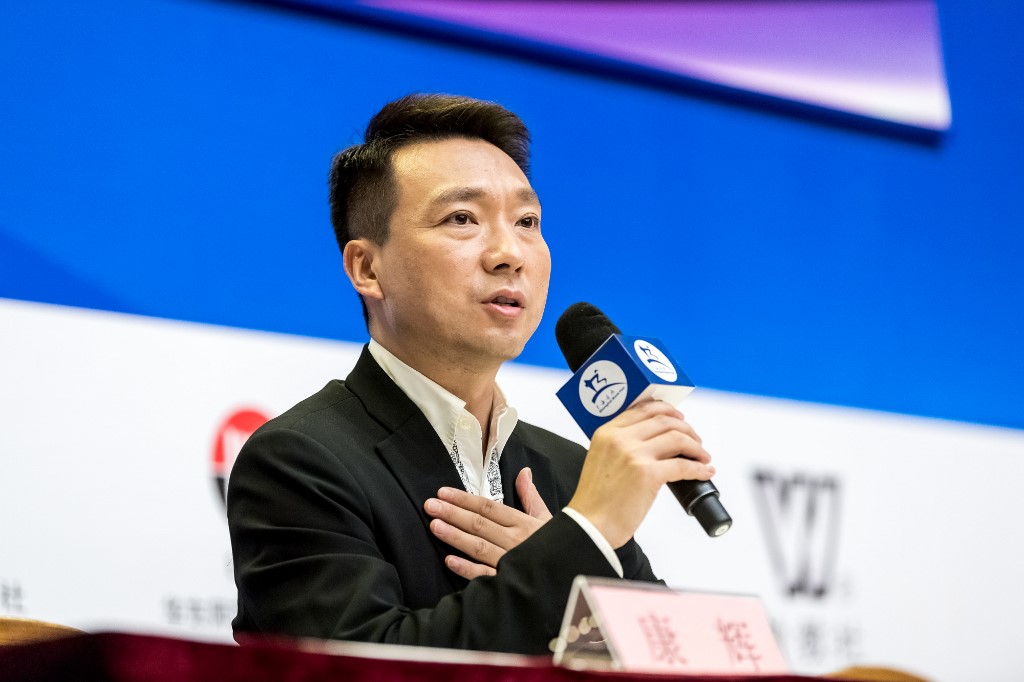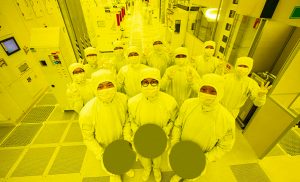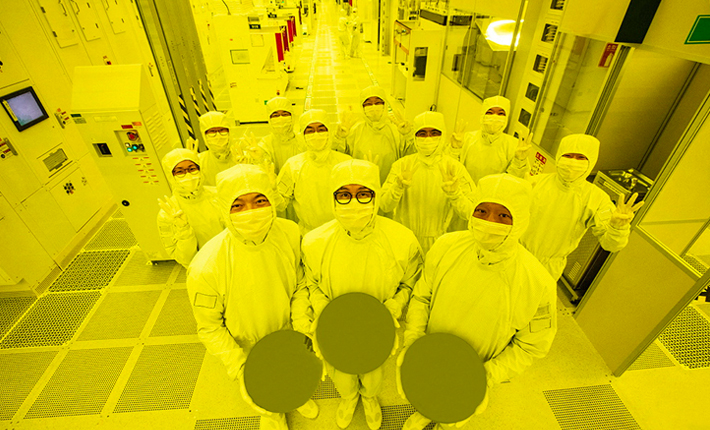(ATF) China is mulling the issue of network media convergence, once again, especially as the next few years will concentrate on building ‘smart cities’ with all the latest tech and gadgets, such a 5G, coming to the fore.
The Chinese government issued “Opinions on Accelerating the Deep Integrated Development of Media” in September 2020. This was the most recent reform of China’s complicated media environment, which is a bit like a spaghetti soup, with different departments, agencies, state-owned firms, the actual media – broadcast, print and internet, as well as censors.
What progress has been made in media integration in recent times? What new issues are exposed? What direction does the newly released document indicate for the deep integration of media?
China Internet Communications magazine issued a paper on network convergence written by Meng Wei, a researcher at the Chinese Academy of Social Sciences, who is also a director and professor of the Network New Media Research Office at the Institute of Journalism and Communication.
Prof Wei said that at a national strategic level, the new rules would promote an unprecedented breakthrough in China’s media practices.
Over the past six years, traditional media and new media have broken the barrier of “you are you and I are me”, reshaped the communication reality of “you are in me and I am in you”, and moved towards the goal of “you are me and I am you”.
With new technologies such as big data, 5G, and artificial intelligence as the engine, and focusing on the “central kitchen” and “converged media centre construction”, the integrated development is spread at the national, provincial, municipal, and county levels to serve the party and country construction. Different levels and positioning of media have differentiated survival, clarified reforms, and the media now ‘smoothly’ connects newspapers, the internet, terminals, apps, and screen resources, and communication is now more competitive and influential.
Super regulator
China has announced plans to set up a super regulator for telecoms and the media, with an ‘umbrella’ agency to manage the two sectors.
Prof Wei said the progress of media convergence had refreshed the communication technology, upgraded content platforms, and also brought about an improvement of the concept and change in media mechanisms.
Wei said media fusion is not a simple “addition” of media forms, nor is it a repair of media functions, but a revolutionary practice based on the integration of resources. “It is the transformation and rebirth of the media facing survival challenges, and it is experiencing a growth process.”
In the new media environment, under multiple pressures such as financial “weaning”, technological shocks, professional challenges, and market squeezing, the development of media integration has exposed new problems, Wei said.
Some media rushed to follow the trend of the central media framework to establish a system, but in fact, this turned out to be not ideal. Some media blindly followed trends or published immoral news to earn traffic, she said, while rights protection incidents also occur from time to time.
Five issues
Wei said there were five issues that China’s media merge needs to follow to successfully integrate.
1/ Follow the party line
Firstly, media must follow the party’s central line. The current function of media integration is not limited to news dissemination, but has become an integrated platform to provide comprehensive services for information dissemination, state services, and business applications, and an important channel for the party and government to contact the masses, serve the masses, and gather the masses. To follow the mass line well is to abandon the obsession about being a “poster”, and have instead a deep insight into the user’s psychology, and cultivate targeted communication to meet the needs of the masses.
Following the mass line well increases the participation and autonomy of users, by “opening the door” with an open attitude, accepting users, optimising resource allocation with internet thinking, and integrating more high-quality and dispersed communication power into the main position of public opinion.
To follow the mass line, it is necessary to improve the user experience in all aspects through integration and innovation, actively explore multiple modes, interact with each other to reconstruct the relationship between supply and demand, serve the masses, guide the masses, and enhance the people’s sense of gain, happiness, and security, Wang explained.
2/ Media must enhance their sensitivity to technology
Secondly, the media should further enhance the sensitivity of perceiving the technological environment, stimulate technological productivity with a strong sense of urgency, occupy the outlets of video, data news, intelligent communication and other technologies, introduce and integrate advanced and applicable technological resources, reconstruct the use of technology, terminal links, and consolidate the new technical support, to gain technological “dividends”, and promote faster upgrading of production methods. At the same time, technical safety precautions need to increase.
3/ Promote deep integration, maintain credibility
Thirdly, to promote in-depth integration, the valuable pursuit and public opinion orientation of the media cannot be lost, the credibility and influence of the media cannot be weakened, and the media must grasp the relationship between persistence and development. Based on content construction, deep integration needs to fully consider the multiple elements of the new communication ecology.
4/ Be innovative, enhance competition
Fourthly, institutional innovation is one of the main difficulties in integrated development and the key to whether the media can smoothly navigate the deep waters of reform. To reform the old dinosaurs in the media and communications arena, organisational structure in the field of communication production management requires the formation of an intensive and efficient content production system and communication chain.
The second is to emphasize the role of the market mechanism, promote the media to enhance the awareness and ability of market competition, and explore the establishment of a “news + government service business” as an operating model. Also the practical reform of investment and financing policies to encourage the media to enhance the drive.
5/ Recruit and nurture talented media personnel
Lastly, the core point to integrating China’s complex media landscape is talent. Deep integration practice requires acquiring a large number of talented personnel and upgrading their talent – including technical talent, marketing talent, and management talent.
To build such teams, it is necessary to provide a wide area for the growth of talent, to refresh the concept of talent, do a good job of talent management, and optimise an environment in which talent can grow and flourish in a team structure.
As the CCP’s published “Opinions” on network convergence emphasised, it is necessary, she said, to “implement a more active, open and effective talent recruitment policy to increase the attractiveness and competitiveness of mainstream media talent.”
























